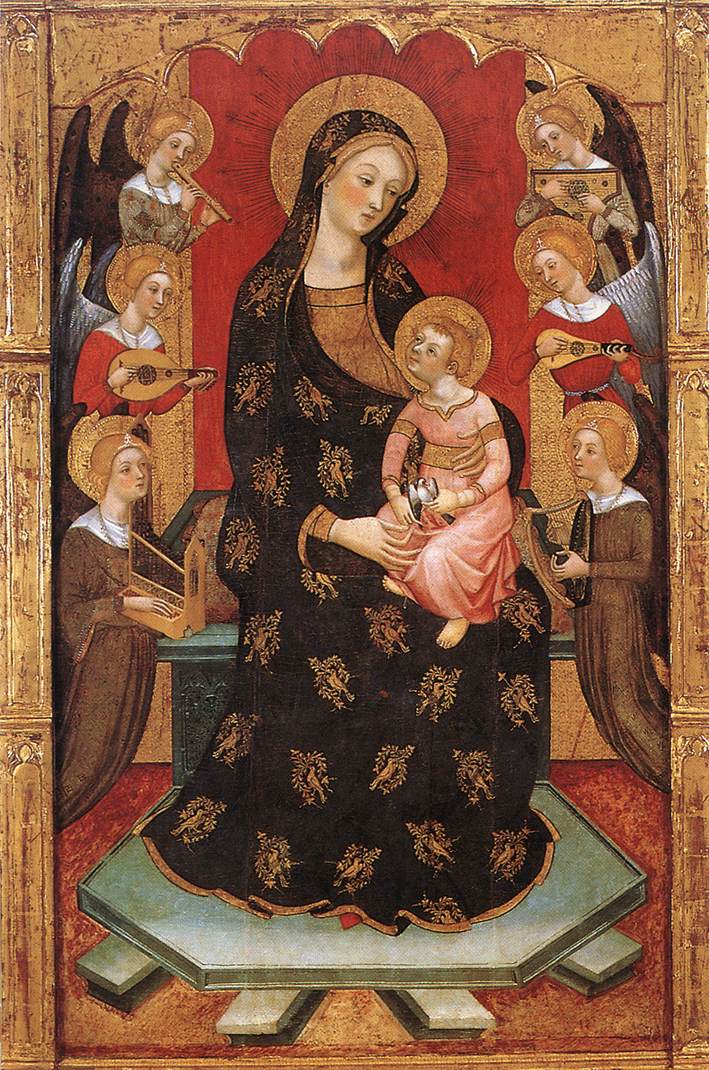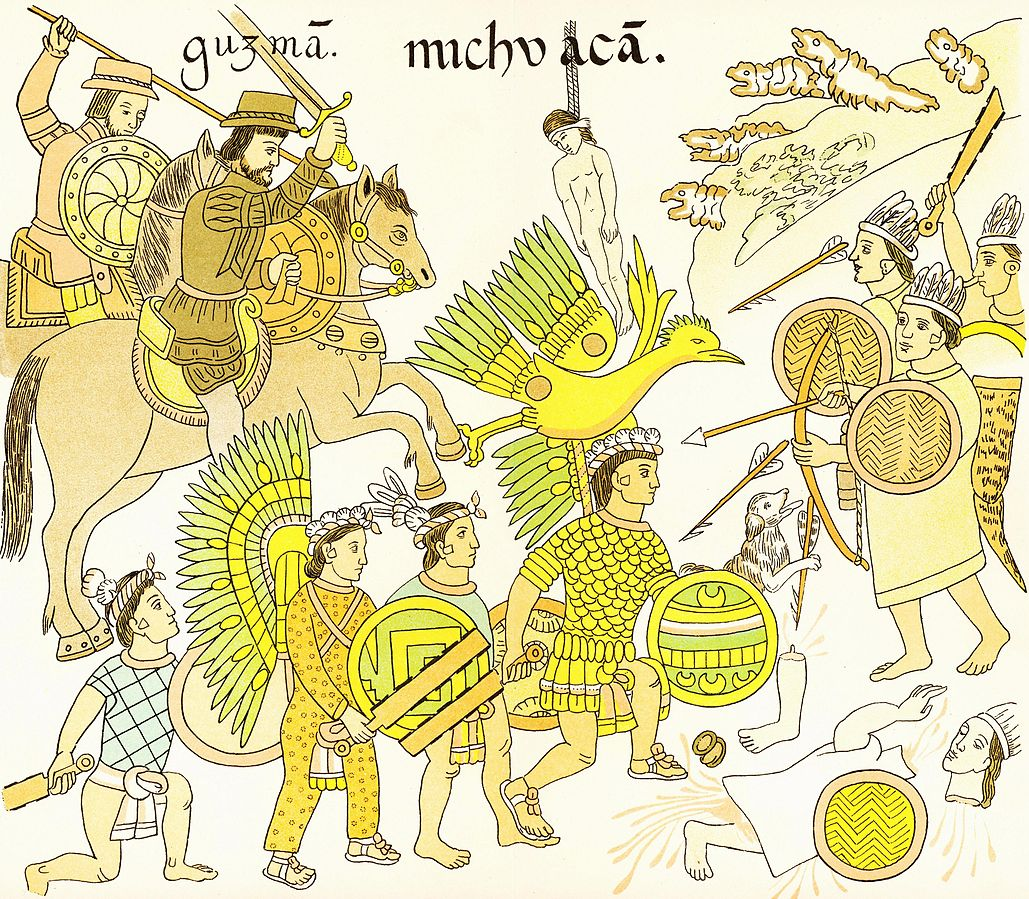Sitara H
Sylvia Rodriguez
AP Spanish Literature 💃🏽
24 resourcesSee Units
In this section, we will be focusing on the 15th century. Unit 2 of AP Spanish Literature typically focuses on works from the Spanish Golden Age and Renaissance period, which spanned from the late 15th century to the early 17th century.
Unit 2 Historical Context
🎨 El Renacimiento
The Renaissance began in Europe during the late fifteenth century due to a number of factors, such as the emergence of humanism (a philosophy that emphasizes the importance of human will over divine intervention) and the rediscovery of Greek and Roman texts. A cultural movement that began among the upper and wealthy class in Europe, especially Italy, this new movement melded Ancient Greco-Roman influences with new artistic techniques to form a new, unified European culture. This was groundbreaking because since the fall of the Roman Empire, the only force that unified all of Europe’s diverse ethnic groups was the Catholic Church. Despite the slight shift towards philosophical thought that didn’t emphasize religion as much, art between the 15th and 16th centuries was still mostly religious in nature, including literary works.

Arte pre-renacimiento: Virgen de los ángeles, Pere Serra (Siglo XV). Image courtesy of Wikimedia.

Arte del Renacimiento: Mona Lisa, Leonardo da Vinci (1452-1519). Image courtesy of Wikimedia.
The Spanish Renaissance
Spanish literature of the period was heavily influenced by classical literature and the ideals of humanism. The focus shifted from religious and moral themes to more secular and humanistic themes, such as love, politics, and the individual experience. Its influence can still be seen in modern Spanish literature, where the focus on individual experience and humanistic themes remains strong.
Spain’s Golden Age
Spain’s Golden Age (“Siglo de Oro”) began with the unification of the peninsula under the Catholic kings, which you probably know as the Spanish Reconquista. This time also coincided with the beginning of Spain’s overseas exploration, which quickly brought the kingdom great riches, which in turn stimulated a burst of literary and artistic creation in Spain. On top of that, the royal family of Spain at the time, the Habsburgs, owned not only Spain but Austria (their country of origin) as well as the Netherlands, much of Italy, and part of France. As a result, they gained significant influence over the flow of trade in Europe and by the year 1550, Spain had become the most powerful empire in Europe and the world.

El imperio español (rojo) durante el Siglo de Oro. Image courtesy of Wikimedia.
In the Golden Age, the Spanish royal court spent significant amounts of money on the construction of new buildings, sculptures, paintings, and frescoes. Court poets wrote poetry that sought to define beauty and loveliness, as well as praise the same wealthy families that employed them. Chronicles of the explorations were published in the form of letters written by the explorers themselves as well as the first settlers who settled in the new world.
In literature, The Spanish Golden Age saw the emergence of a number of great writers and poets, who used their works to explore themes of love, death, religion, and politics. The Golden Age also saw the development of a unique form of poetry known as the "sonnet," which became the most popular form of verse in Spain. This type of poetry was characterized by its focus on themes of love, religion, and death, and was often used to express the writer's deepest feelings and emotions. The novel was also born as a form of writing at this time, which reflects the influence of humanism in the creation of literary works that portray daily life.
⚔️ Colonialism in the "New World"
Spain wouldn’t have acquired as much riches as it did without its explorations of North and South America. While Spain had much to gain from the expansion of its territory, the explorations of the Americas brought about a dramatic change in the lives of the millions of indigenous people who had inhabited the hemisphere for thousands of years. The "conquerors" subjugated the indigenous people through European weaponry, the spread of virulent diseases, and the dominance of the Catholic Church in everyday life. While the new settlers managed to extract vast amounts of gold and silver, their indigenous victims were dying in massive numbers.

Lienzo del siglo XIX basado en un códice de la conquista de los Tlaxcala. Image courtesy of Wikimedia.
Themes in the Literature
Many of the themes of different literary works written during El Siglo XVI show influence from the overarching ideas behind Europe’s Renaissance. When combined with the effects of the Spanish Golden Age and colonialism, there was a shift in the themes of Spanish literature.
The focus shifted from the idealization of classical and chivalric themes to more practical and realistic themes. With the expansion of the Spanish Empire and the influence of other cultures, themes of nationalism, imperialism, and identity became prevalent. Works of literature began to reflect the realities of colonialism and the cultural and political changes that were taking place.
- 🏛️ Greco-Roman Revival: As renewed interest in Ancient Greece and Rome grew, many kings and royal families invested in artistic reproductions of ancient art. The poets of the 16th century studied the literature of the classical poets and discovered literary resources such as the sinalefa, the hyperbaton, the anaphora, and the chromaticism. They would use these literary devices in their poetry to remind people of the perfection and cult character of Rome and Greece.
- 🪞 Beauty/“Carpe Diem”: The poets of the time used the inspiration of Greco-Roman poetry and art to emphasize the importance of seizing the day, or “carpe diem”, and the temporary nature of beauty. This also ties in with the idea of “memento mori”, or the idea that eventual death is inevitable, and so the little life we have should be cherished.
- 🍃 Humanism: The growing interest in the Greco-Roman world introduced humanism into European cultures. Humanism inspired interest in the power of the individual and the value of terrestrial life, instead of just thinking about religious salvation and the church. This is shown best in Lazarillo de Tormes, as the focus of each chapter is how Lázaro, an orphan boy, takes advantage of his own intelligence to overcome his situation. This was a major shift from previous themes of divine intervention, where supernatural characters played major roles in pre-Renaissance literature.
- 💸 Individualism: The influence of both humanism and individualism at the time gave rise to stories and novels that portrayed the lives of poor people, typically smart and young, who overcame their bad situations through deception and fraud. The growing gap between the rich and the poor reduced many to despair, but they were inspired by these heroes who overcame their obstacles and found success.
Unit 2 Literary Works
⛏️ 2.1 Lazarillo de Tormes - Anónimo
This book tells the story of a young and poor orphan named Lazaro, who is desperate to survive and come up in society. He takes any opportunity he can to find better kinds of work, and as a result has many strange experiences with the different masters he finds. The themes of the book reflect a post-feudal society where the poor have no place, and show how they have to fight for survival among the rich. Lazaro is shown as an anti-hero who has to resort to lying and stealing to survive, which reflects the "rags to riches" themes in literature that were popular among the poor during this time period.
Written by Sahagun, this piece is a chronicle of several events that began to occur 10 years before the arrival of Hernan Cortes in Mexico and the fall of the Aztec Empire. Seen as bad omens, the events include strange phenomena such as comets in the sky, rains of fire, etc.
While "Visión de los vencidos" was compiled by Miguel Leon-Portilla, the work is comprised of 2 stories and a poem. The first story is by Sahagun while the second is by Munoz Camargo (his version isn't on the AP test, don't worry)—they both tell opposite perspectives of the same events, as Sahagun's story contains native testimonies while Munoz Camargo spoke from an outsider's view. The poem, "Se ha perdido el pueblo mexica" (yes, this one is on the test) is a native poem that tells the story of Cortes's victory over the Aztecs from the perspective of the natives.
⚔️ 2.3 “Segunda carta de relacion” - Hernan Cortes
This letter, written by explorer Hernán Cortés to King Carlos V of Spain, portrays themes of imperialism through the lens of the imperialists. Cortes exaggerates his heroism and his dominance of the indigenous people, and emphasizes many of the new things he has found and experienced in his conquests across Central and South America.
🪦 2.4 Visión de los vencidos: “Se ha perdido el pueblo mexica” - Miguel León-Portilla
In this elegía (elegy; a poem for the purpose of lamenting the dead), the loss of the Aztec empire is discussed from the perspective of the indigenous people, and the loss of their people and culture at the hands of Hernan Cortes and the invading Spaniards. The pain and melancholy of the natives are highlighted. The poem discusses themes of imperialism from the perspective of the oppressed. While eventually compiled by Leon-Portilla, this poem was initially passed down by oral tradition within the indigenous people of Central America.
🥀 2.5 Soneto XXIII (“En tanto que de rosa y azucena”) - Garcilaso de la Vega
In this sonnet, the general ideas of “carpe diem” and “memento mori” are portrayed through the author’s infatuation with a young woman, who describes her beauty in any way he can, and encourages her to live her life by emphasizing how temporary it all is.
Browse Study Guides By Unit
🏇Unit 1 – La época medieval
🛳Unit 2 – El siglo XVI
🖌Unit 3 – El siglo XVII
🎨Unit 4 – La literatura romántica, realista y naturalista
🤺Unit 5 – La Generación del 98 y el Modernismo
🎭Unit 6 – Teatro y poesía del siglo XX
🌎Unit 7 – El Boom latinoamericano
🗣Unit 8 – Escritores contemporáneos de Estados Unidos, y España

Fiveable
Resources
© 2025 Fiveable Inc. All rights reserved.